Discover Piauí: An unforgettable tourist experience
Live a unique experience in Piauí and discover its incredible tourist attractions, such as the Parnaíba Delta, Sete Cidades National Park, Capadócia Piauiense, Oeiras, Serra da Capivara, Poti River Canyon and the capital Teresina.

Kitesurfing, for example, is boosting tourism on the beaches of Piauí. In just 66 kilometres you can find many beauties at Ilha Grande de Santa Isabel, Parnaíba, Luís Correia and Cajueiro da Praia.
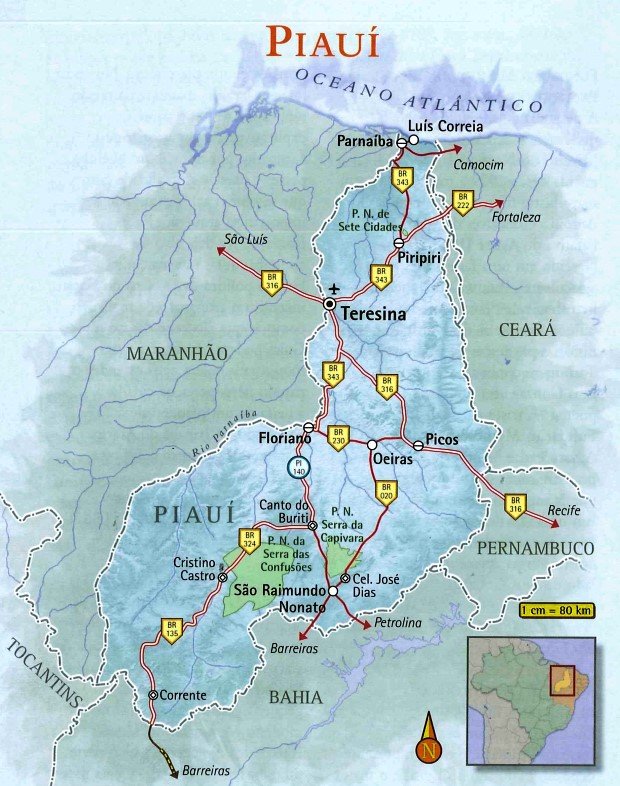
Videos – Tourist Attractions in Piauí


Belezas do Piauí - Pontos Turísticos12:30

Luís Correia PI06:10

Barra Grande no Piaui09:12

Sete Cidades no Piauí02:03

Capadócia Piauiense05:43

Oeiras no Piauí53:32

Serra da Capivara no Piauí12:09
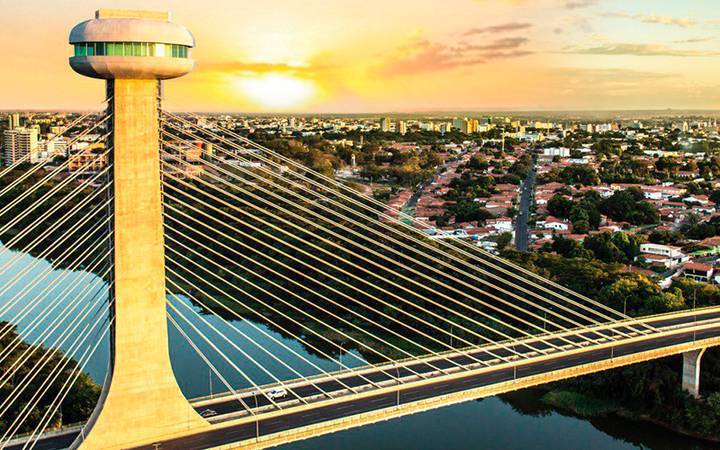
Teresina PI03:51

Cânion do Rio Poti no Piauí01:17
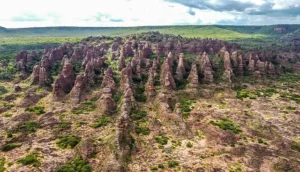
Capadócia Piauiense01:41
Piauí’s main tourist attractions
- Parnaíba Delta
- Luís Correia PI
- Barra Grande PI
- Sete Cidades National Park
- Cappadocia
- Oeiras PI
- Serra da Capivara
- Teresina PI
- Poti River Canyon
1. Parnaíba Delta
The tour of the Parnaíba Delta starts at the Tatus Harbour in Ilha Grande, 9 km from Parnaíba.
Here you’ll find water mirrors, mangroves, dunes, fresh water lagoons, fauna and flora, as well as fantastic landscapes. At the end of the day, as well as watching the sunset from the Pedra do Sal beach, a 20-minute drive from the centre of Parnaíba, visitors can watch the guarás – a species of reddish bird – fly by and enjoy a spectacle of nature.
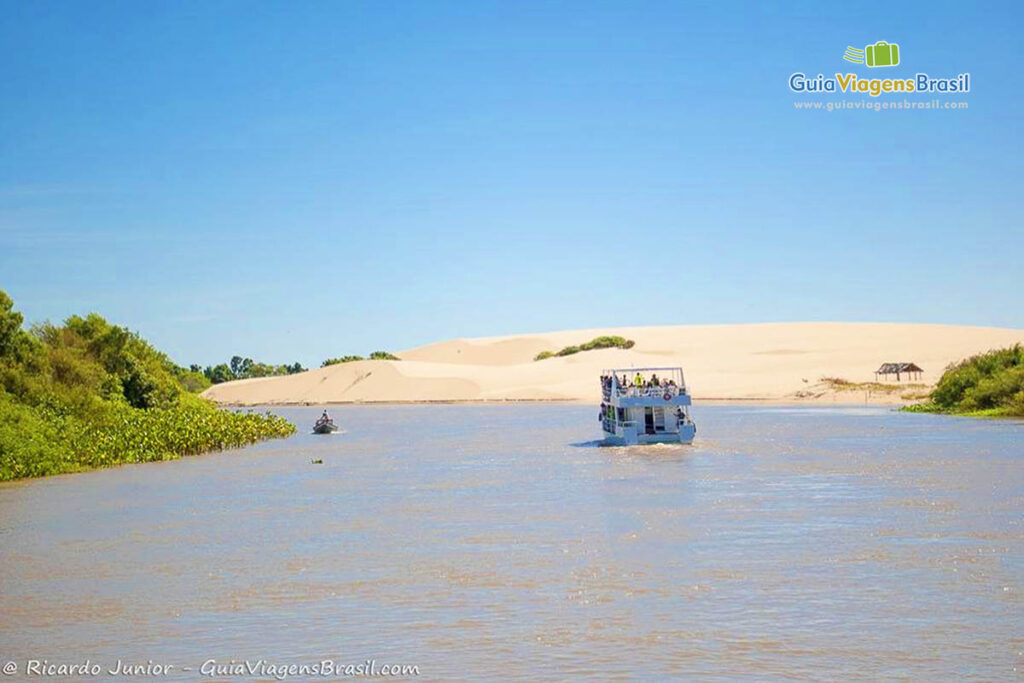
One of the most famous excursions is the tour of the Archipelago, by speedboat or boats for up to 60 people, to see wild animals and dunes.
Another excursion is to Lagoa do Portinho, surrounded by white sand dunes, palm trees and carnauba trees. Legend has it that the lagoon was created by the tears of the Indian Macyrajara, who mourned the death of her love for days.
One of the region’s most popular destinations is Ilha das Canárias, the second largest island in the Parnaíba Delta and home to a fishing village of more than 2,500 inhabitants.
An environmental reserve, the island is part of the Delta Marine Reserve and its population is spread over four villages: Canárias, Passarinho, Torto and Caiçara. Here there are guesthouses and restaurants, ideal for those interested in ecotourism and also for tourists who like to enjoy nature.
Another attraction is the historical part of Parnaíba, especially Porto das Barcas. There are old warehouses built at the beginning of the 20th century to store babassu and carnauba wax. Today the colourful houses are home to restaurants, shops, bars and inns. It’s a perfect place for hiking.
The nearest airport is Teresina, about 320 kilometres from Parnaíba. To access the Delta, the route is about 9 kilometres along the PI-220 to Porto dos Tatus, from where speed boats and boats with tourists leave.
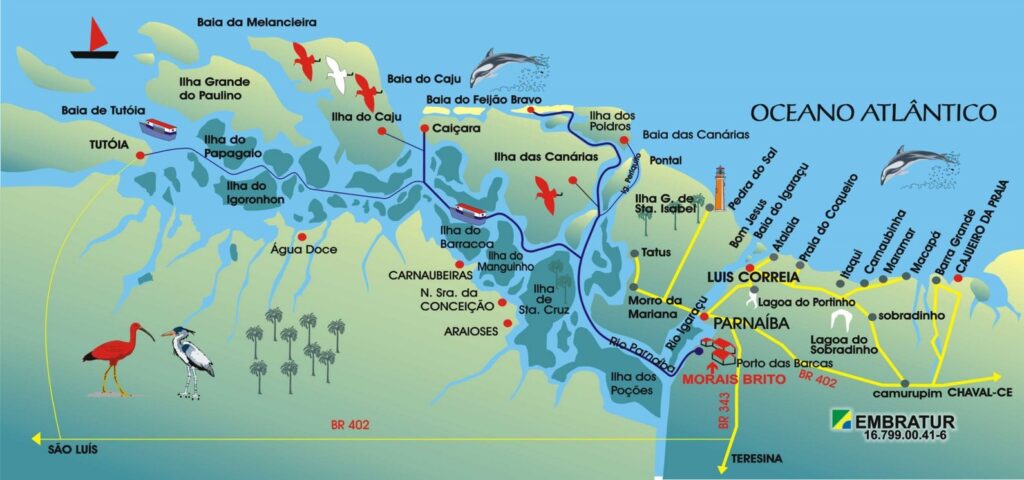
2. Luís Correia PI
The large number of beaches along its 46 kilometres of coastline makes Luís Correia one of the most popular tourist destinations in Piauí.
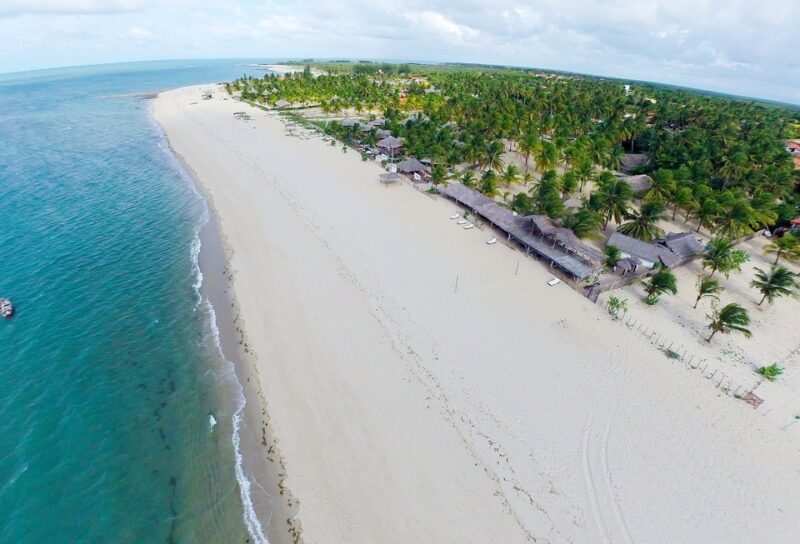
The city has a good structure to welcome visitors to its beaches, the most popular of which are Atalaia and Coqueiro.
The beaches are the sensation of Luís Correia! Among them, Maramar Beach, ideal for kitesurfing; Macapá Beach, with its beautiful natural pools; Coqueiro Beach, with its calm, warm waters and small waves; Itaqui Beach, one of the most beautiful and peaceful in the region; and Atalaia Beach, the most famous and one of the postcards of the city.
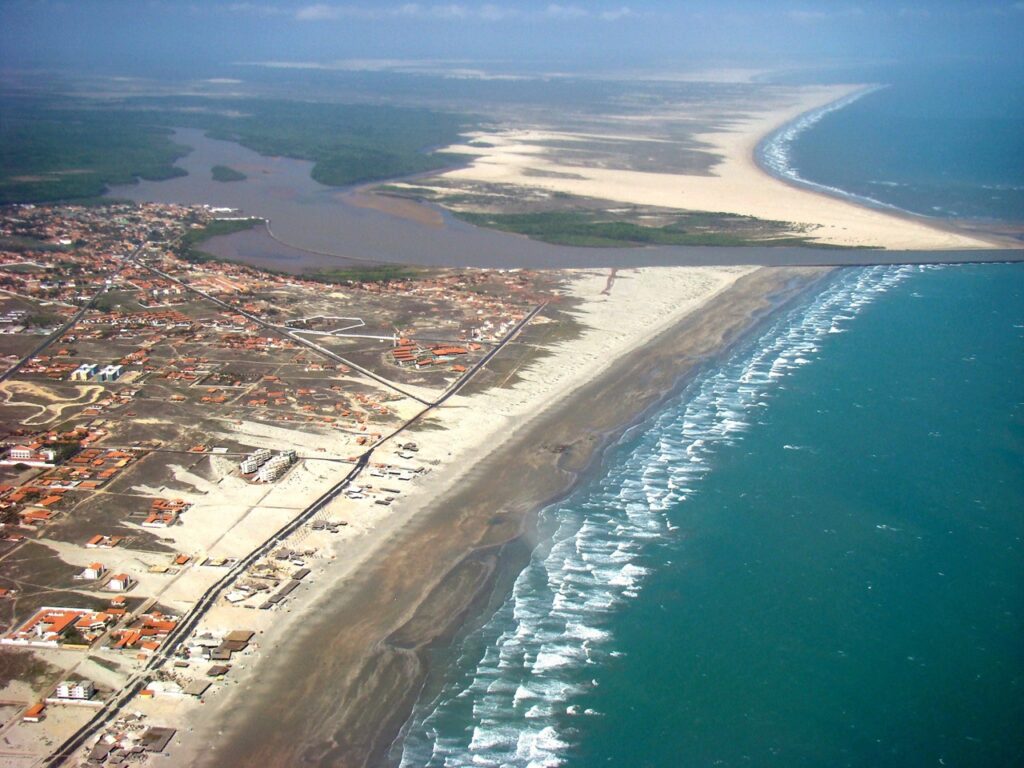
Discover the 9 best tourist attractions in Luís Correia
2.1 Camurupim River
The Camurupim River is a watercourse in the State of Piauí that crosses the municipality of Luís Correia and flows into the sea. When it reaches its mouth, it separates Barra Grande beach from Macapá beach.
2.2 Maramar beach
A paradisiacal beach far from urban centres, suitable for swimming and kitesurfing, attracting tourists from all over Brazil and the world, many of them kitesurfers. The beach has a complete accommodation structure, with hotels and resorts.
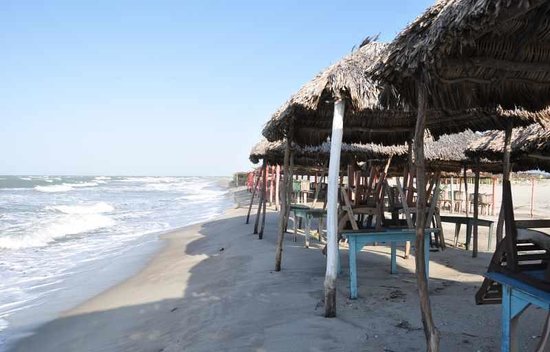
Gastronomy is also one of the attractions of this beach, located just 25.9 km from the centre of Luís Correia.
2.3 Macapá Beach
Macapá Beach is truly a small corner of paradise, tucked away on the small coast of Piauí. In addition to the beauty of its natural pools, this place has become famous for its strong winds, which are ideal for kitesurfing; sailors from many places come here.
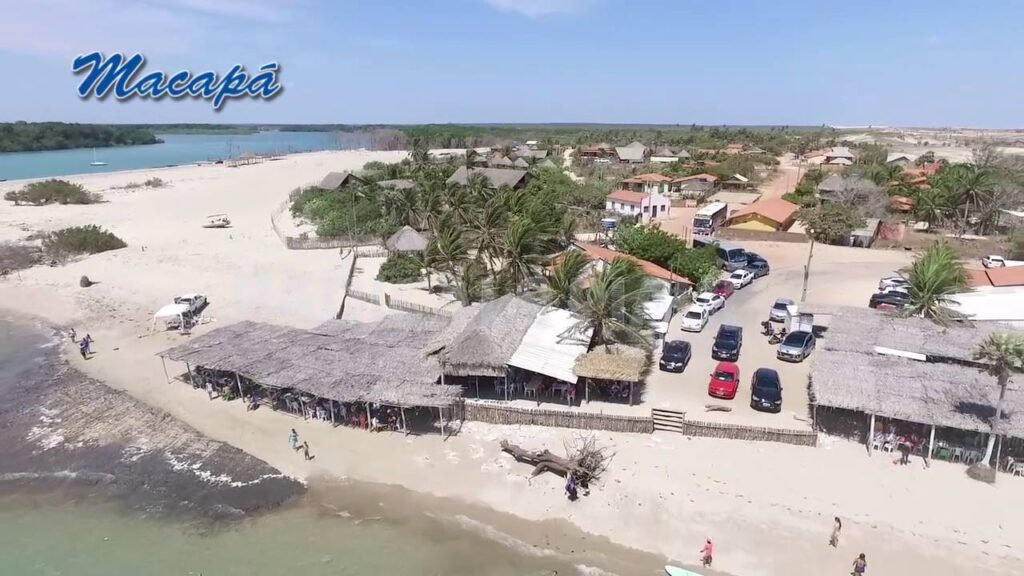
Praia do Macapá is located at the mouth of the Macapá River and is a very rustic beach in the region. It has few kiosks along the shore and a unique setting, with a wide strip of sand framed by carnauba trees – typical palm trees of the region.
The crystal clear sea creates incredible natural pools at low tide due to the sand banks. This makes Praia do Macapá a great option for those travelling with children, but don’t forget to pack a beach kit so you can enjoy the day without worries.
Refreshing swims are a must on this beautiful beach. Those who love hiking will get lost in the vastness of Praia do Macapá, where you can walk for miles and enjoy all the beauty of Luís Correia.
2.4 Itaqui Beach
Located 10 kilometres from the city of Luís Correia, in Piauí, Itaqui Beach is considered one of the most beautiful on the Route of Emotions.
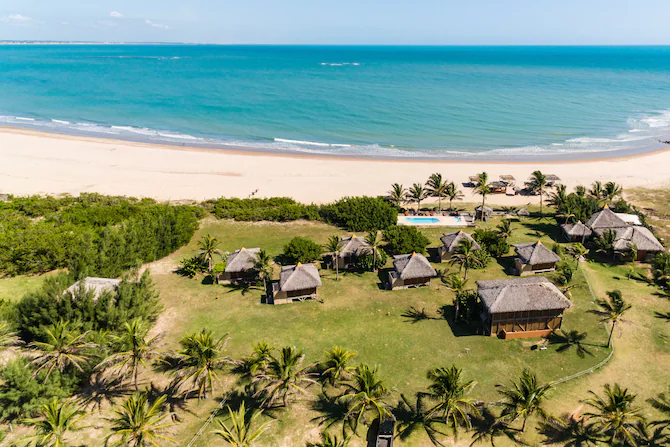
A place that evokes the best feelings in those looking for tranquillity, but also in those looking for adventure.
2.5 Coqueiro Beach
Coqueiro Beach is one of the most beautiful beaches on the Piauí coast, with beautiful landscapes dominated by coconut trees.
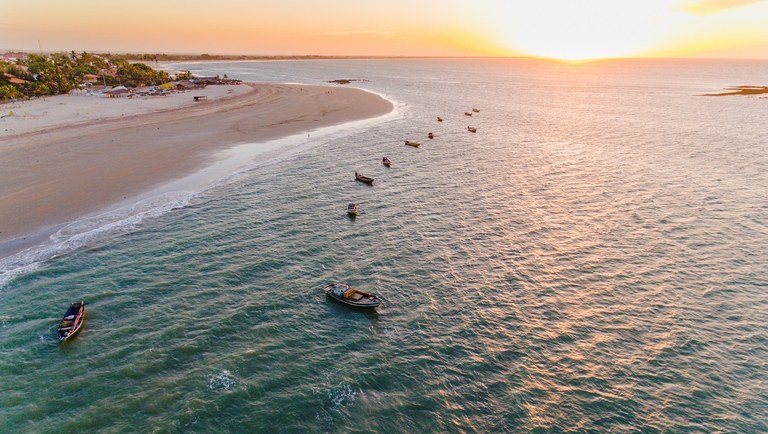
An old fishing village that has now given way to holiday homes, located about 10 km from the centre of Luís Correia. The water is calm and warm, with gentle waves and clear sand.
2.6 Atalaia beach
Also known as Armação Beach, it is one of the postcards of the city and its most famous.
Atalaia beach is one of the most popular with tourists and is the largest and most urbanised beach on the Piauí coast, with a length of 15 km.
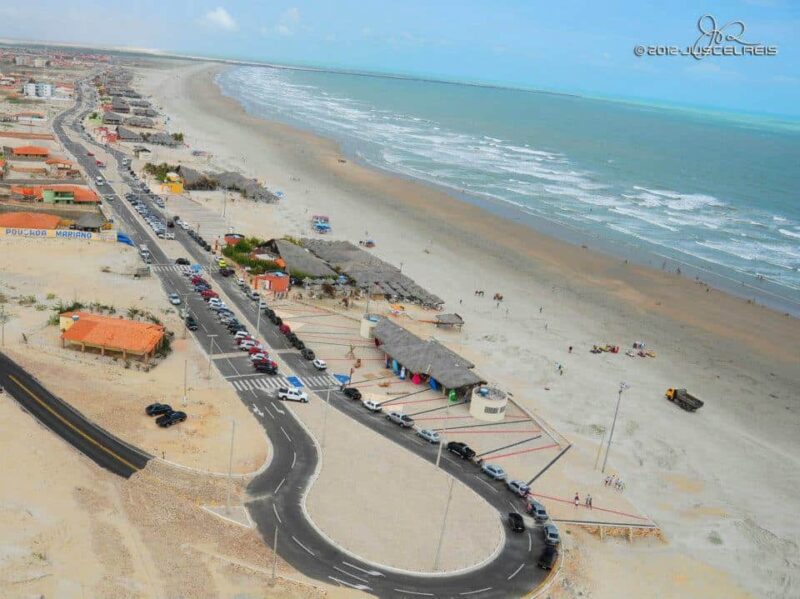
The beach has excellent tourist facilities, including bars, restaurants, shopping centres, ice-cream parlours, wheelchair access, inns and hotels. This beach is particularly recommended for children and the elderly, as it has a long stretch of sand with shallow, calm waters.
2.7 Combed tree
Located near Macapá Beach, the Combed Tree is an essential tourist attraction in Luís Correia.
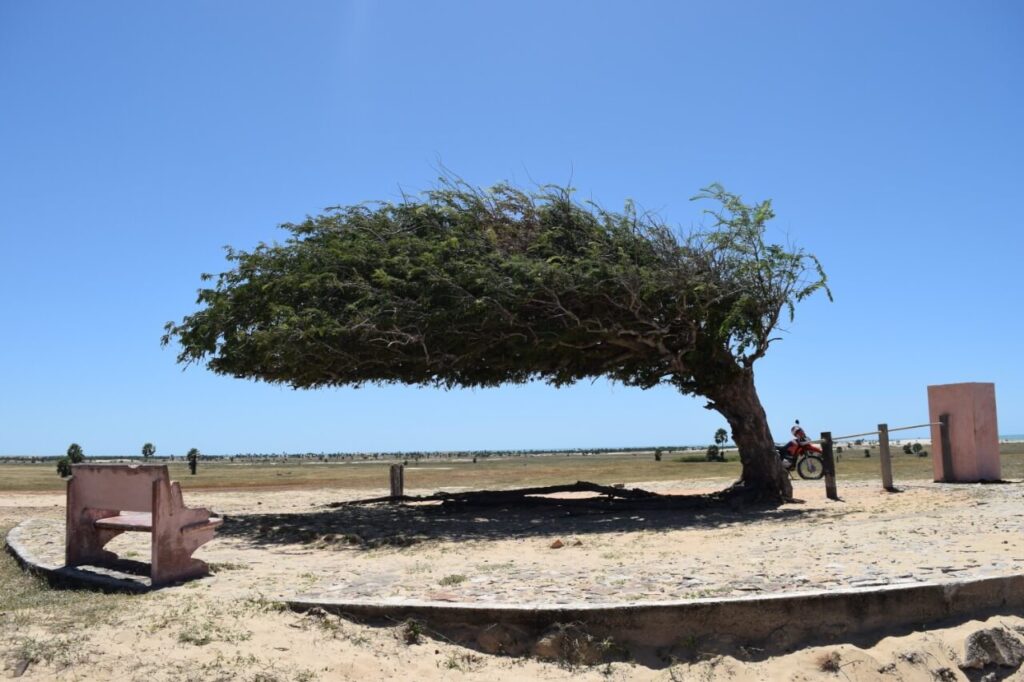
Known as the “combed tree”, a tamarind tree attracts the attention of visitors to the city. It is a tree whose crown has been turned to one side by the strong winds, resembling a combed hair.
2.8. Port of Amarração
The Port of Amarração is the only seaport in the State of Piauí.
2.9 Natural pools
At low tide, some pools form in the coral reefs, completely changing the landscape of Macapá Beach. The sea is always calm and the water warm and pleasant. As the strip of sand is longer, you have to walk a little further to get to the sea, but it’s not a sacrifice.
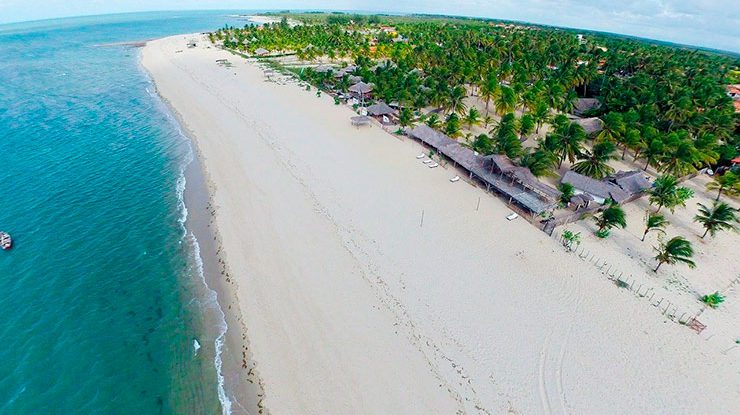

3. Barra Grande – PI
Barra Grande is a beautiful beach located in the small parish of Cajueiro da Praia, on the coast of Piauí.
A few years ago it was a small fishing colony. Today, it has become one of the main tourist destinations for nature lovers, with an emphasis on kitesurfing, as the strong winds provide ideal conditions for this sport.
People from all over Brazil and even the world come to visit Barra Grande. Strong winds and tranquillity are the main characteristics of this beach, located 400 kilometres from Teresina.
In addition to kitesurfing, you can also enjoy a ride on the seahorse trail and a variety of bars and restaurants with rustic and sophisticated architecture in a paradisiacal setting.
Accommodation options in Barra Grande range from hotels, guesthouses and chalets where guests can enjoy stunning sea views.
It is also popular with adventure sports enthusiasts due to its enormous ecotourism potential.
For lovers of extreme sports, Barra Grande is on the Rota do Ventos (Wind Route), where the constant winds make it possible to practise a variety of sports between the beaches and dunes. The practice is not limited to just one sport.
Attractions in Barra Grande – PI
- Kitesurfing
- Windsurfing
- Kayaking through the Mangrove
On the calm waters of the mangroves, and only at high tide, this tour offers a free passage where no boat can reach, allowing you to observe the nests of local birds, such as the Red Guará, as well as animals of the local fauna. - Seahorse
This tour is the most popular with tourists arriving at Barra Grande. Here you can see the beautiful mangrove waters where the colourful seahorses live.
4. Sete Cidades National Park
Sete Cidades National Park, located in Piauí, is a place where the scenic beauty of the walls and rock formations frame a journey into the past, illustrated by cave paintings.

Past and present blend in the more than 6,000 hectares of the park, which is also a meeting point between the Caatinga and the Cerrado.
The Pequi trees and the Juazeiros come together in a landscape that unites the flora and fauna typical of both biomes.
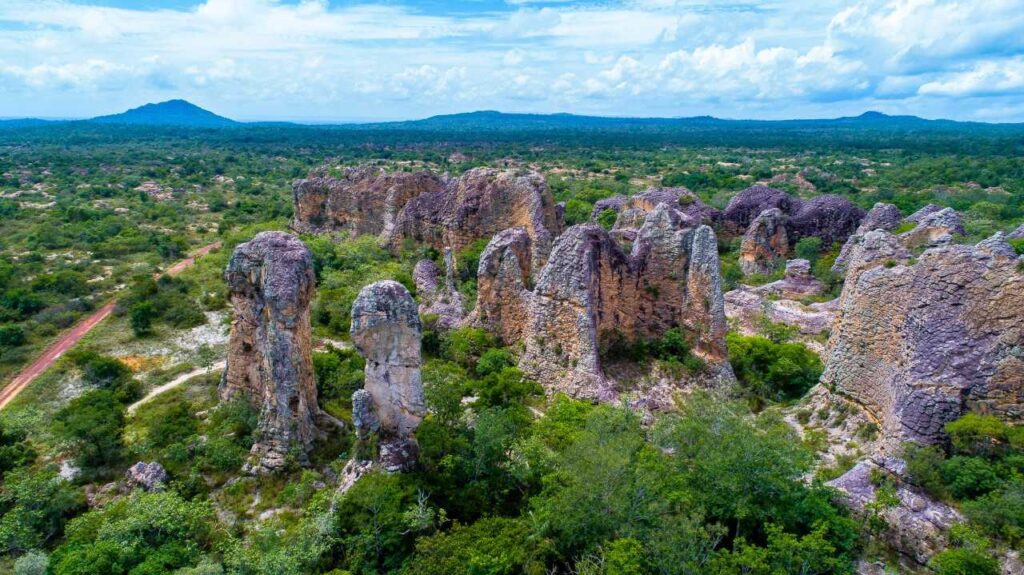
This mix enriches the natural beauty of the park, which also has waterfalls, wells and lakes to cool the hot climate of Piauí.
5. Piauí’s Cappadocia
An almost unknown hinterland and impressive landscapes. Five kilometres from the city of São José do Piauí, you’ll find a rock formation known for its natural beauty, called Capadócia Nordestina.
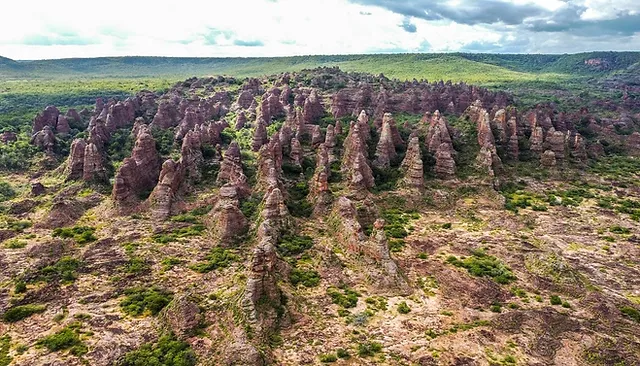
What many people don’t know is that this place existed for more than 380 million years because these rocks were covered by water, in other words it was a hidden city.
As time passed and the stones appeared, some people praised the site so much that it became a holy place. For others, it was the discovery of an open-air museum, with pieces sculpted by the wind, that captured everyone’s imagination.
At the time of its discovery it was called Cidade de Pedras or Três Irmãos, because it was known for its beautiful rock formations and was located in the village of Três Irmãos, so the names chosen had both meanings.
The site, which covers 2,500 hectares, became known as the Cappadocia of the Northeast, or simply Cappadocia, after a special report aired on Globo Repórter. It has become a tourist spot in the interior of Piauí and an attraction for adventure seekers.
As well as its rock formations, Capadocia Nordestina has other beauties to offer, including cave paintings, legends surrounding the site, and the Morro Três Irmãos (Three Brothers Hill), which has small natural trenches in the surrounding rocks where fossils can be found. When it rains, these gullies fill up, giving visitors the pleasure of a sunny day with the right to bathe in their waters, as if they were in a vast lagoon.
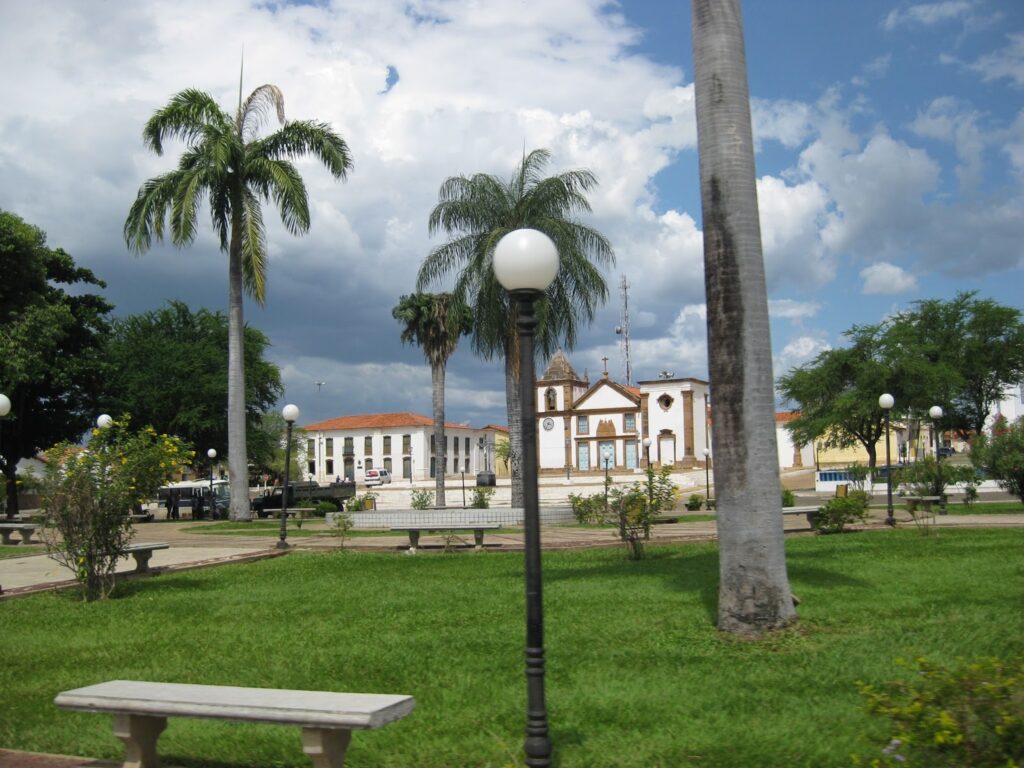
6. Oeiras – PI
The municipality of Oeiras, about 300 kilometres from Teresina, holds many surprises for tourists who visit it. The first capital of Piauí has a wealth of history and religion, reflected in its mansions and its manifestations of faith and religiosity.
Visiting the city of Oeiras is like going back in time. The city has a historic centre, colonial houses from the 16th and 19th centuries, among other tourist attractions. The city’s hotel network is prepared to cater for a large number of tourists.
Oeiras is considered the oldest city in Piauí and the cradle of the state’s history and colonisation. “Here is a piece of Brazil’s history. We still have collections, buildings and even gastronomy,” says Stefano.
Religious tourism
The Easter Week in Oeiras is the largest religious festival in the state and the period when the city receives the largest number of visitors. In fact, the programme begins almost a month before Holy Week, with masses, vigils, Stations of the Cross through the streets of the city and religious sightseeing tours.
The main events are the Procession of Bom Jesus dos Passos, in which thousands of people accompany the centuries-old image of Bom Jesus through the streets of the historic centre, and the traditional Fogaréu Procession, in which only men carry lamps and candles while the women remain in the churches praying.
Forty days after Easter, there is the celebration of the Feast of the Divine Holy Spirit, a Portuguese tradition that celebrates the coming of the Holy Spirit upon the apostles. Oeiras dresses up in red and white. Every year, a new house is chosen to house the image of the Divine, and the chosen family becomes the image’s home for one year.
7 Serra da Capivara – PI
The Serra da Capivara is home to millennia-old vestiges of the history of the settlement of the Americas. The site’s famous cave paintings also inspire the production of ceramic handicrafts in the Piauí hinterland.
The Serra da Capivara is located in four municipalities in the southwest of Piauí State: Canto do Buriti, Coronel José Dias, São João do Piauí and São Raimundo Nonato.

The Serra da Capivara National Park was created in 1979 with the aim of preserving archaeological remains that testify to the presence of man in South America.
Among the giant rocks are paintings and rock engravings, which are thought to be graphic forms of communication used by the prehistoric groups that inhabited the region at least 6,000 years ago.
8. Teresina – PI
The capital of the state of Piauí, Teresina, is located on the right bank of the Parnaíba River, 366 kilometres from the coast. It is the only capital of the Northeast not located on the shores of the Atlantic Ocean, but it is not without its charms.
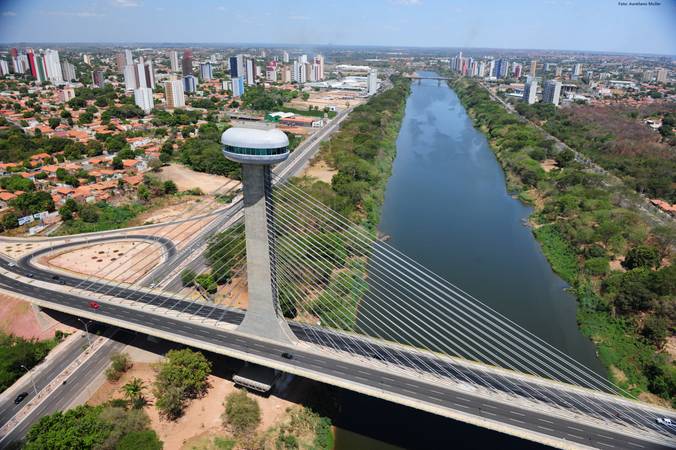
Teresina is a very green city, so much so that the Maranhão writer Coelho Neto renamed it the “Green City” because of its dense vegetation.
There are also those who call it the Mesopotamia of the Northeast, as the central part of the city lies between the Poti River and the Parnaíba River, which belong to the Parnaíba River Basin.
What to do in Teresina
8.1. Visit to the Museum of Piauí
The perfect place to learn about the history of the city.

Located in a mansion in the city centre, the museum has sixteen rooms displaying the city’s treasures, as well as thousands of pieces of indigenous artefacts, furniture, paintings and even fossils.
8.2 St Benedict’s Church
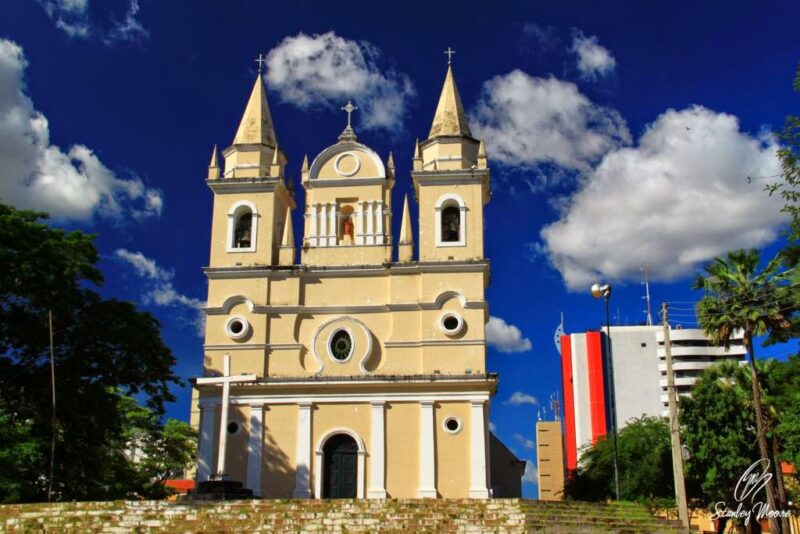
It’s worth visiting the 142-year-old Church of São Benedito, located in the heart of the city. It is considered one of the most important buildings in the country.
8.3 Visit to Karnak Palace

Considered one of Teresina’s postcards, Karnak Palace has a beautiful white façade and architecture inspired by Greek temples. It was once the residence of the Baron of Castelo Branco and is now the seat of Piauí’s Executive Branch.
8.4 Encontro dos Rios Environmental Park
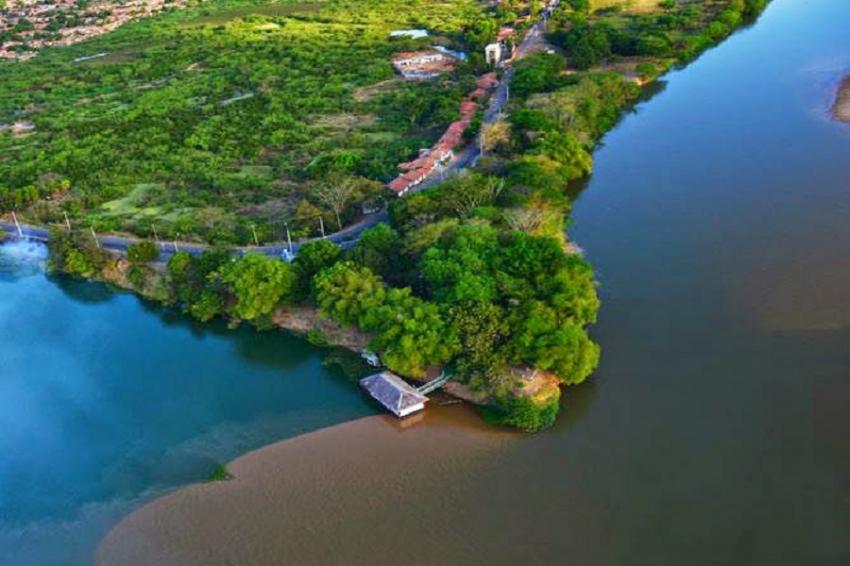
As well as offering a beautiful view of the confluence of the rivers, with two viewpoints in the park, it promotes the culture of Teresina with handicrafts, regional food, restaurants, trails and fishing.
8.5 Ponte Estaiada Tourist Complex
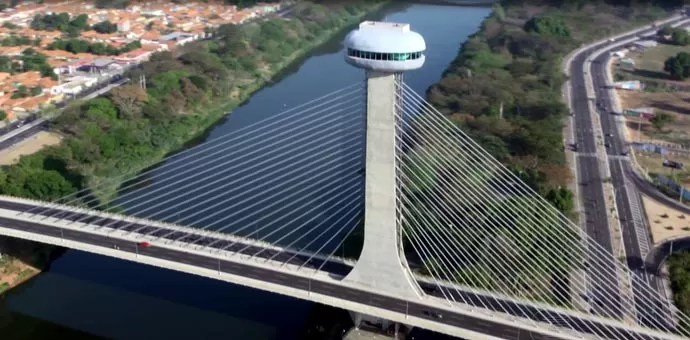
A must for tourists. In addition to the living space under the bridge, this complex has a viewpoint that offers a privileged view of the city.
9. Poti River Canyon
The Poti River Canyon is a beautiful natural heritage site that should be visited by anyone travelling to Piauí.
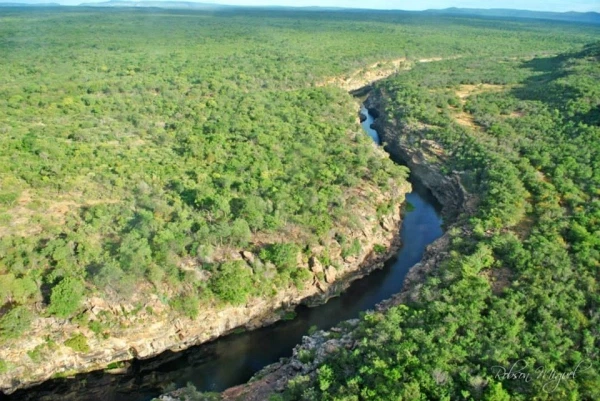
Located in the Serra da Ibiapaba region, this place is ideal for adventure sports after the rainy season. Those who enjoy canoeing, trekking, cycling and abseiling should visit.
See also Piauí Tourism and Travel Guide
Piauí’s main sights
This post is also on:
![]() Português
Português ![]() English
English ![]() Deutsch
Deutsch ![]() Español
Español ![]() Français
Français



















